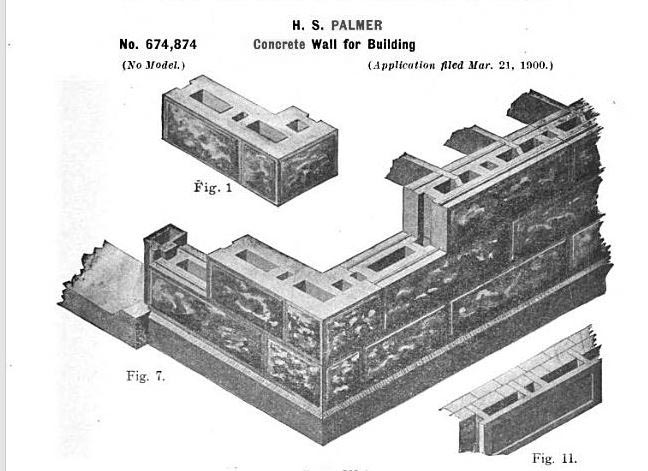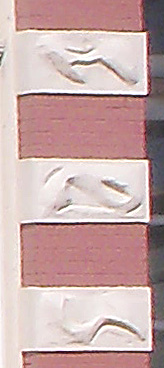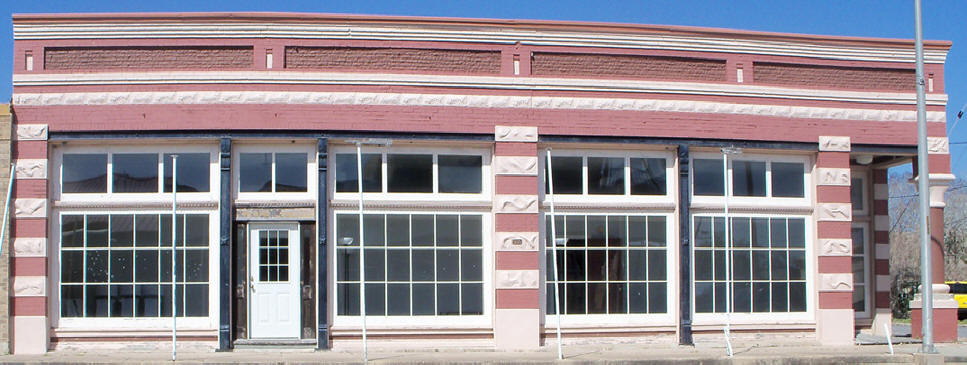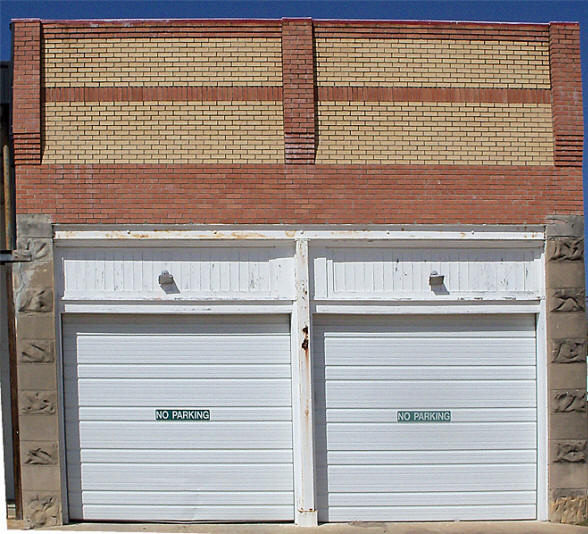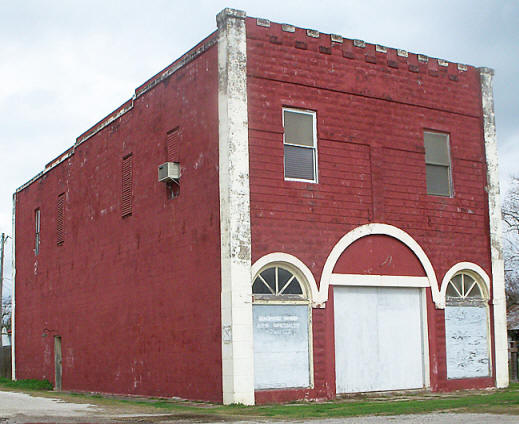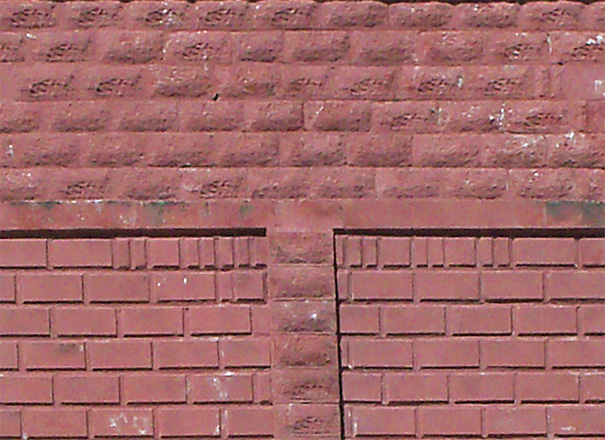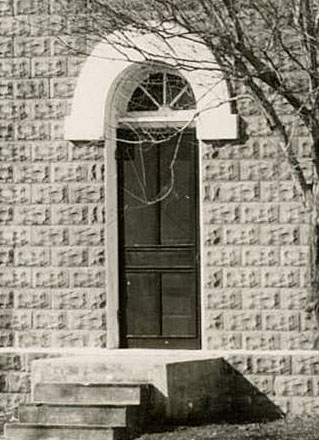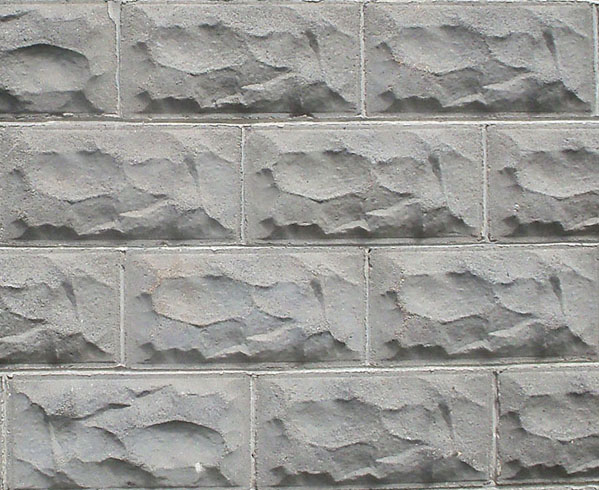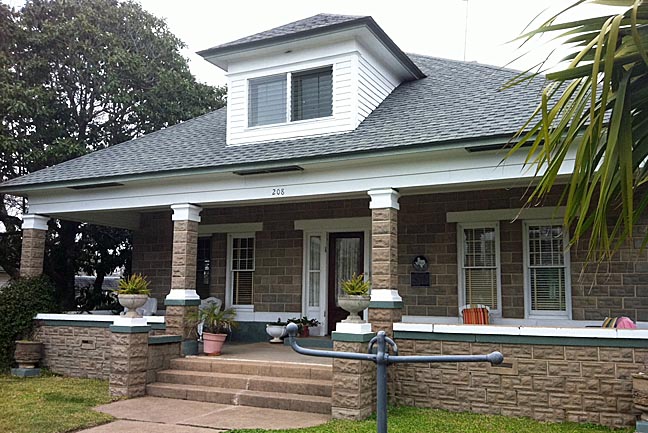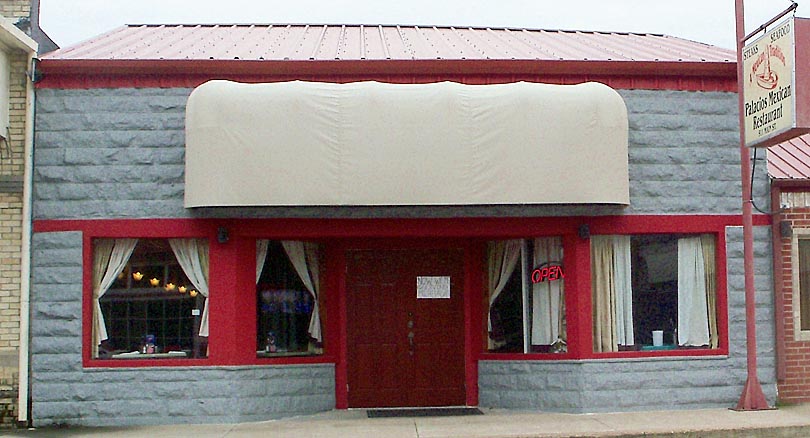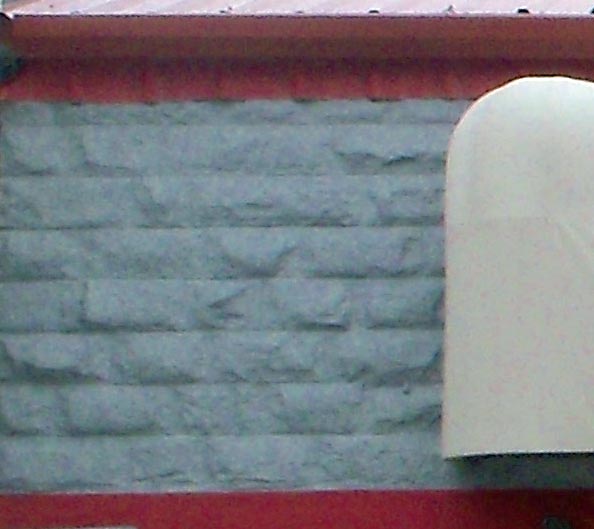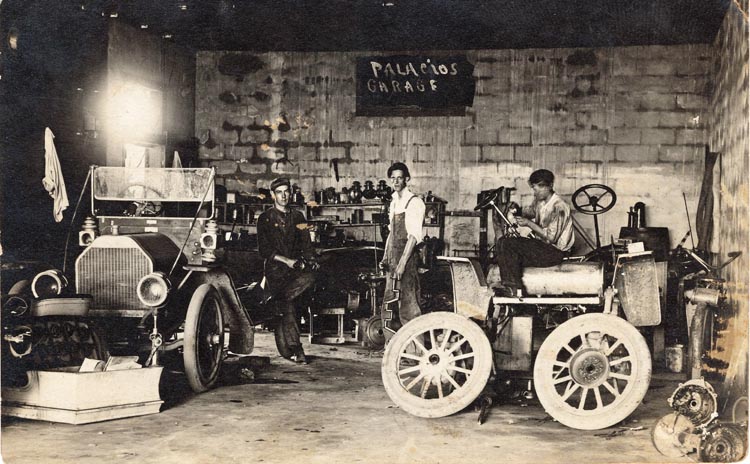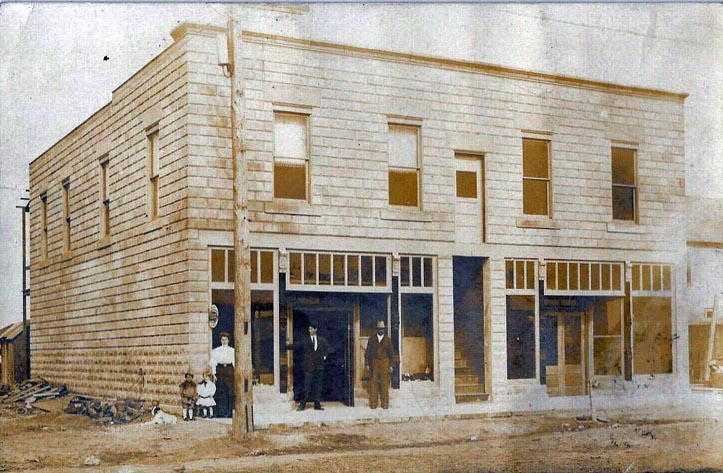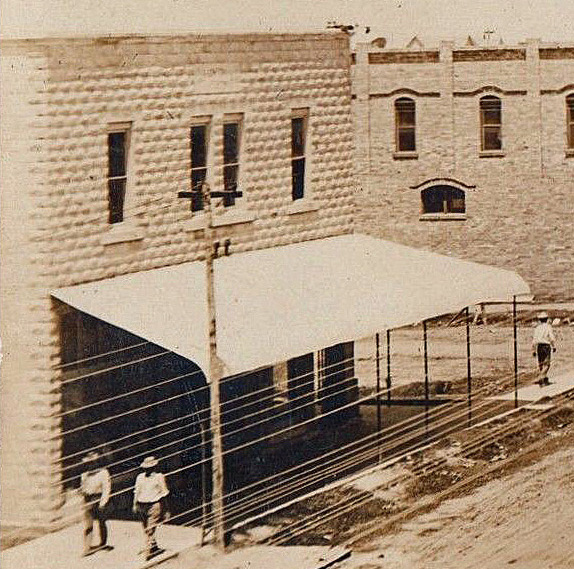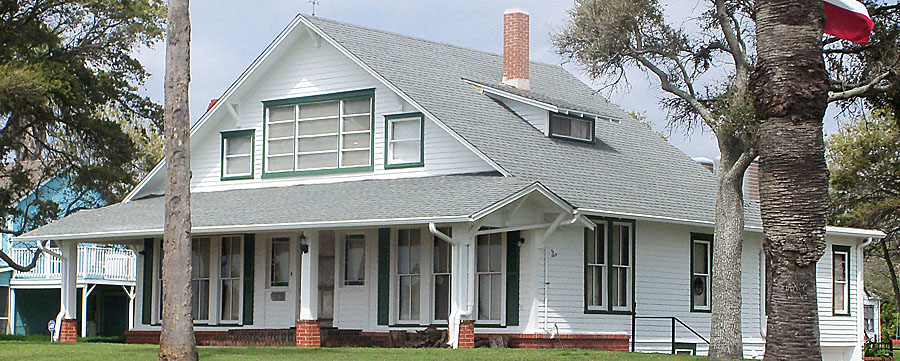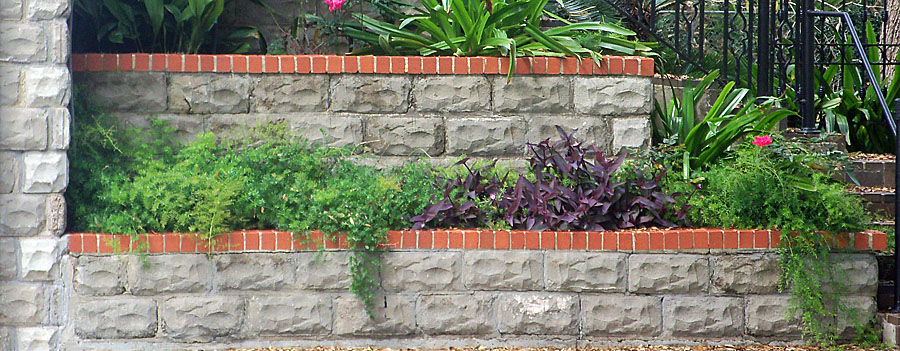|
|||||
|
"Ideal block" were among the many kinds of concrete blocks that emerged as building materials in the early 20th century. Concrete--a mixture of cement, sand, water and stone aggregates--had been used for centuries, but technological advances in making Portland cement in the late 19th century combined with a patent for cast iron machines for making blocks on site in 1900 opened the door to concrete block construction. Use of the new building blocks spread across the country between about 1905 and 1940. In 1906, one observer wrote that "Concrete blocks were practically unknown in 1900, but it is probably safe to say that at the present moment more than a thousand companies and individuals are engaged in their manufacture in the United States. 'In Omaha, Nebraska, stonecutter Nils Peterson was so impressed with the product that he quit chiseling stone to "make them in a mold." He invested his savings in a block making machine and started the Ideal Cement Stone Company.
Dozens of companies and hundreds of builders used
the new machine. They cost as little as $60 and, according to its
manufacturers, required little expertise. A 1917 Sears and Roebuck
house-by-mail catalogue claimed that it was so easy to make the
block "you can make them during your spare time, or on rainy days."
Nevertheless, most buildings built with such block were constructed
by professional contractors. Although the product was more expensive
than wood, it was much cheaper than stone and billed as fireproof
and quarried stone and thus appeared more expensive. (Simpson)
|
|||||
|
|
|||||
|
|||||
|
|
|||||
|
|||||
|
|
|||||
|
Business increased such that by 1910, Hill built a new two-story block building on the lot where his frame store had been. He hired J. G. [C.] Bontrager as the general contractor. Bontrager hung a sign on the building boasting that the entire building was constructed of Ideal Blocks, a rock-faced hollow concrete block sold as a less expensive substitute for stone. The use of such blocks, which were manufactured on site, was a new innovation in construction in the early 20th century.
|
|||||
|
208 Main Street
|
|||||
|
Ramsey Building
|
|||||
|
Messrs. J. W. Johnson and F. M.
Tolbert, of West Point, have opened an automobile garage in the
Walters
Known uses and known dates
|
|||||
|
|
|||||
|
Corner of Morton and 5th
Street
|
|||||
|
Corner of South Bay
Boulevard and 1st Street
|
|||||
|
Emmons Building
|
|||||
|
Married Ada Bertha McKinley November 16, 1902
Elkhart, Elkhart County, Indiana |
|
John C. Bontrager, 29, married once, 7 years, IN,
OH, OH, contractor, concrete work |
|
Mrs. C. J. [J. C.] Bontrager and
little daughter Ella Mae, left Monday morning for
Houston Daily Post, October 16,
1910 |
|
Mr. J. C. Bontrager and family left this morning for their former home in Elkhart, Ind., where they will remain during the summer. It will be pleasing to their many friends here to know they expect to return next fall. [Editor's note:--Mrs. Bontrager has recently undergone an operation and Miss Edna Baird is nursing her.]
Palacios Beacon, April 8, 1921 |
|
Mr. and Mrs. J. C. Bontrager and three daughters, of Elkhart, Ind., came in Thursday. Mr. and Mrs. Bontrager made this city their home a number of years ago and are remembered by quite a few of our residents. Mr. Bontrager is a contractor and builder and under him the Hill brick building at the corner of Commerce and Pavilion was erected, also the Presbyterian church and a number of our most substantial homes. They, no doubt see many changes in the City-by-the-Sea and improvements that have been made since their going away, and we hope their visit here will be one of great pleasure.
Palacios Beacon, December 29, 1927 |
